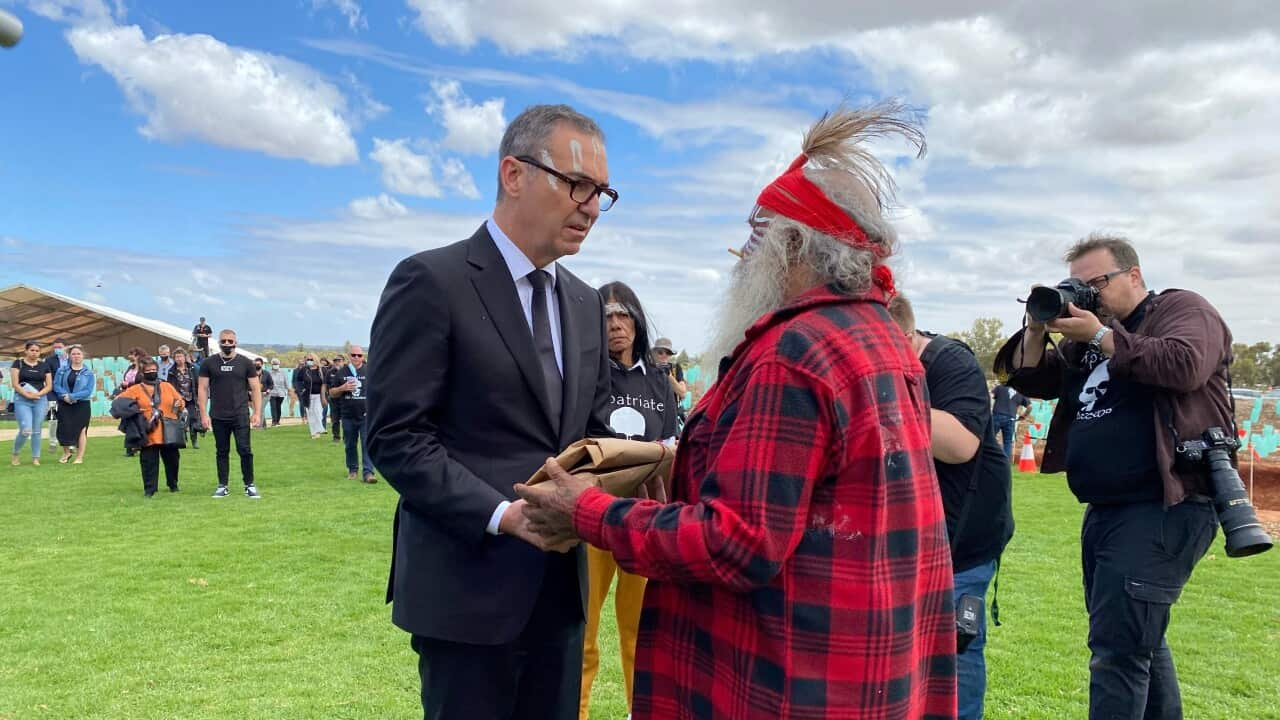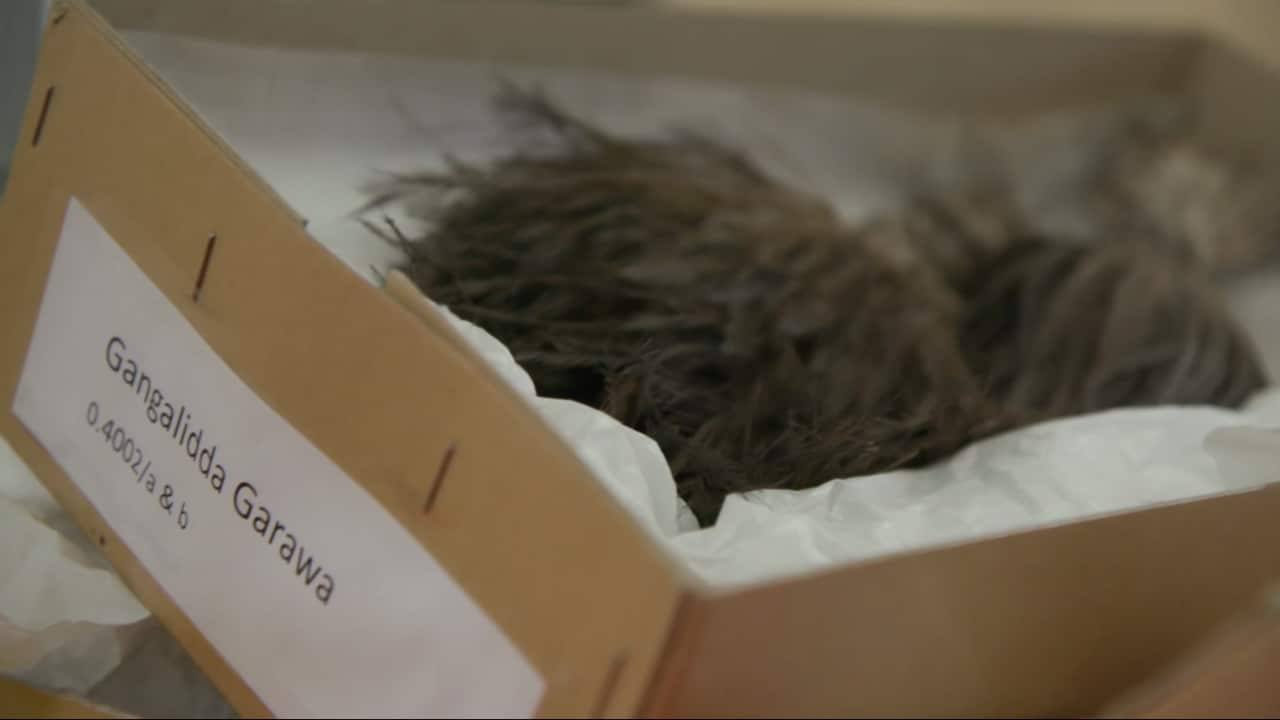Narungga representatives say it is a bittersweet occasion as the remains of one of their ancestors is returned to Country from the United States.
Narungga Nation Aboriginal Corporation CEO Clinton Wanganeen said “the community is always happy to get our ancestors back but we’re never happy about the fact that they were stolen in the first place."
Wanganeen and others travelled to the museum in Washington DC, along with representatives from the Kaurna nation, to carry out a smoking ceremony before collecting and accompanying the remains back to South Australia.
'A horrific part of history'
The ancestor is one of 25 Aboriginal individuals whose remains are currently being repatriated from the world’s largest museum, the Smithsonian Institute.
In the 1940s an illegal worldwide market traded First Nations peoples' remains, many of which were taken from Australia.
“It’’s a horrific part of history, a hidden part of the country’s history,” Mr Wanganeen said.
He said his organisation is currently in the process of developing a policy in conjunction with the South Australian Museum stipulating the procedures that are to be followed for the re-burial of such remains.
“We've identified a number of sites because it’s our ambition to have the ancestral remains as close to where they come from, and that can be hard to do depending on the site,” he said.
Despite the difficulty, Mr Wanganeen said the repatriation of ancestors to their Country of origin was paramount.
“The spirits of the ancestors will never rest until they're back on Country, because that's where they're from, where they belong,” he said.
The remains of the further 24 individuals will be returned under the stewardship of the Australian government, which will hold them until their traditional custodians are determined.
While further research needs to be undertaken to understand which specific Aboriginal nations these additional remains came from it is understood a further six of the ancestors came from South Australia and six from the Torres Strait Islands, with the origin of the remaining 11 Aboriginal ancestors yet to be determined.
Minister for the Arts, Tony Burke said this was the third return of Aboriginal human remains to Australia from the Smithsonian Institute and while further remains are held by the institute, they are expected to be returned in the future.
Mr Burke said to date, more than 125 Aboriginal ancestors had been returned to Australia from the USA.
He said the repatriation of ancestors back to their homelands was some of the most important, respectful work a Government could do.
“The repatriation process recognises the spiritual connection between the past and present and the ongoing connection to traditional homelands,” Mr Burke said.
He said the Australian Government was committed to securing the return of all ancestors held in public and private collections overseas.



